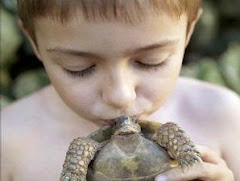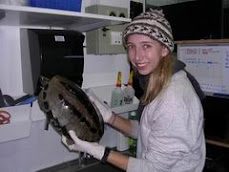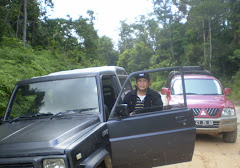Sg Setiu terrapin centre needs more public help
KUALA TERENGGANU: As it is among the last strongholds for the conservation of river and painted terrapins, Sungai Setiu needs a lot more awareness to beef up its "fort".
Since the river terrapin programme began in 2004, where eggs collected by the community were sold to Universiti Malaysia Terengganu Turtle Research and Rehabilitation group for research and to save it from ending up on menus, there is yet a "want" from the people there to save the reptile.
Group leader Prof Chan Eng Heng said despite a certain number of terrapin eggs being sold to them, she believed the community could do more.
This is especially since Sungai Setiu has been described as "ground zero" for conservation efforts by the Turtle Survival Alliance last month because of the good prospects it held for the recovery of the terrapin population.
Since 2004 till last year, more than 1,300 eggs were purchased by UMT compared with the over 3,000 deposited. This year, 438 eggs were deposited, while only 255 or 58 per cent were purchased.
"We want 100 per cent. I am not sure why the response to our programme has not been very encouraging... it could be because the incentive offered is not appealing to the fishermen.
"I hope one day they will stop consuming or selling eggs because they want to save the terrapins and not just for monetary reasons.
"I do not want to come to a point where we need to pair terrapins, just like scientists are doing with the Yangtze giant soft shell turtle in China to help recover its population as it is down to its last pair," she told the New Straits Times.
Chan said if the situation did not improve, she might have to resort to the next "hard step" of getting the nesting site gazetted as a sanctuary, which could anger the egg-collecting villagers.
Since the river terrapin programme began in 2004, where eggs collected by the community were sold to Universiti Malaysia Terengganu Turtle Research and Rehabilitation group for research and to save it from ending up on menus, there is yet a "want" from the people there to save the reptile.
Group leader Prof Chan Eng Heng said despite a certain number of terrapin eggs being sold to them, she believed the community could do more.
This is especially since Sungai Setiu has been described as "ground zero" for conservation efforts by the Turtle Survival Alliance last month because of the good prospects it held for the recovery of the terrapin population.
Since 2004 till last year, more than 1,300 eggs were purchased by UMT compared with the over 3,000 deposited. This year, 438 eggs were deposited, while only 255 or 58 per cent were purchased.
"We want 100 per cent. I am not sure why the response to our programme has not been very encouraging... it could be because the incentive offered is not appealing to the fishermen.
"I hope one day they will stop consuming or selling eggs because they want to save the terrapins and not just for monetary reasons.
"I do not want to come to a point where we need to pair terrapins, just like scientists are doing with the Yangtze giant soft shell turtle in China to help recover its population as it is down to its last pair," she told the New Straits Times.
Chan said if the situation did not improve, she might have to resort to the next "hard step" of getting the nesting site gazetted as a sanctuary, which could anger the egg-collecting villagers.



































.jpg)




















